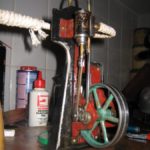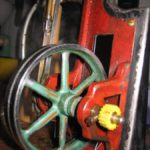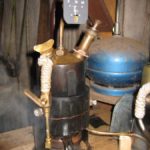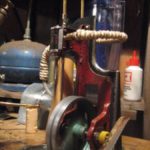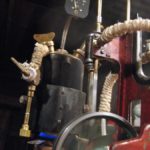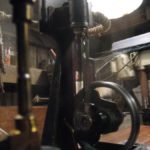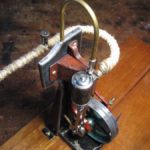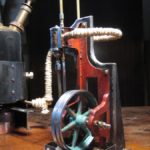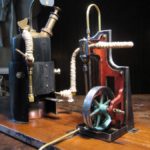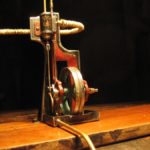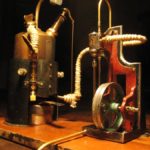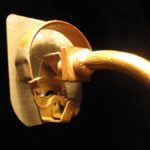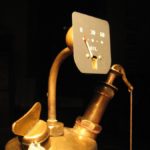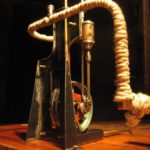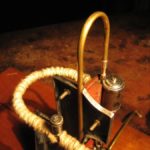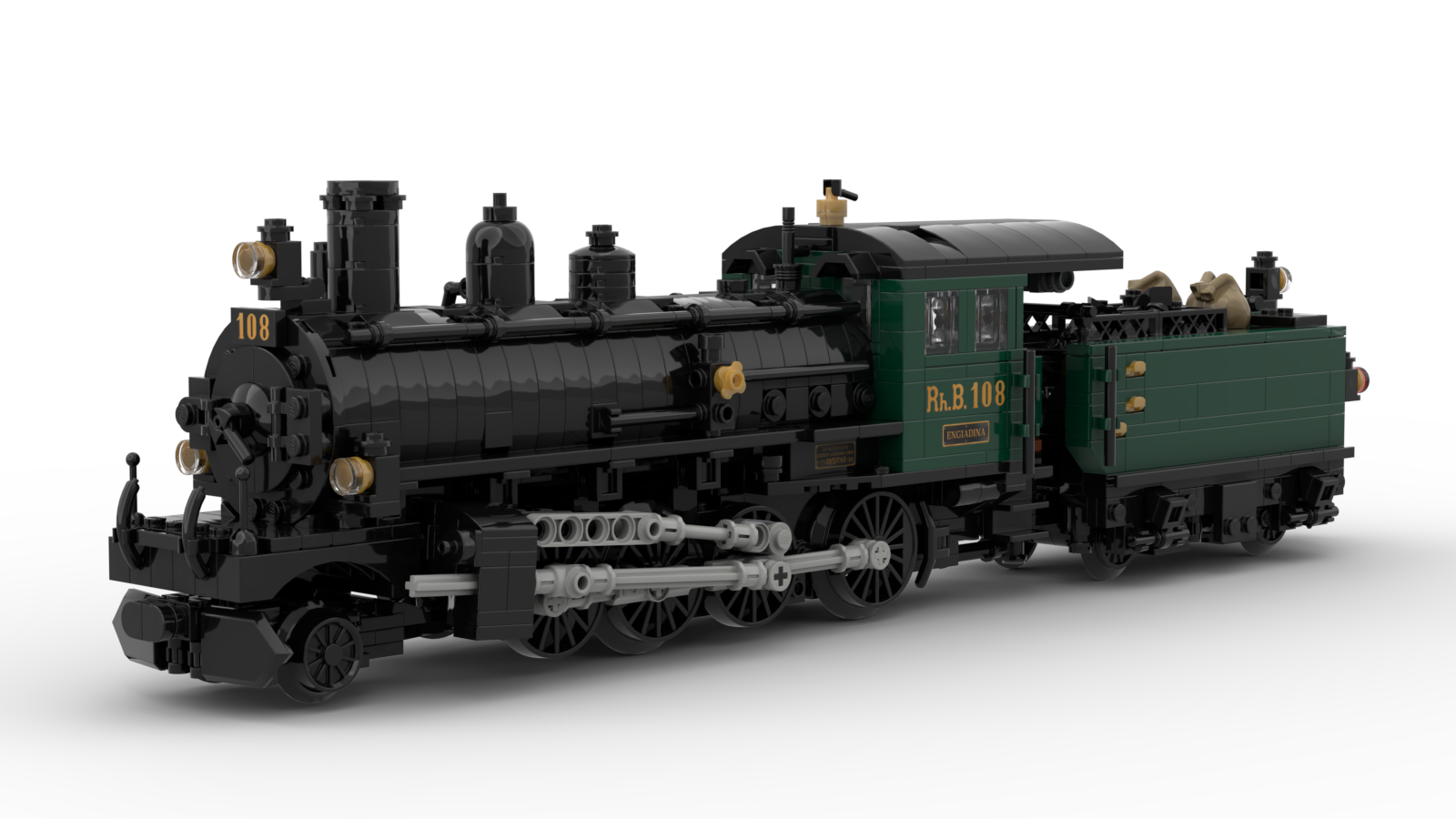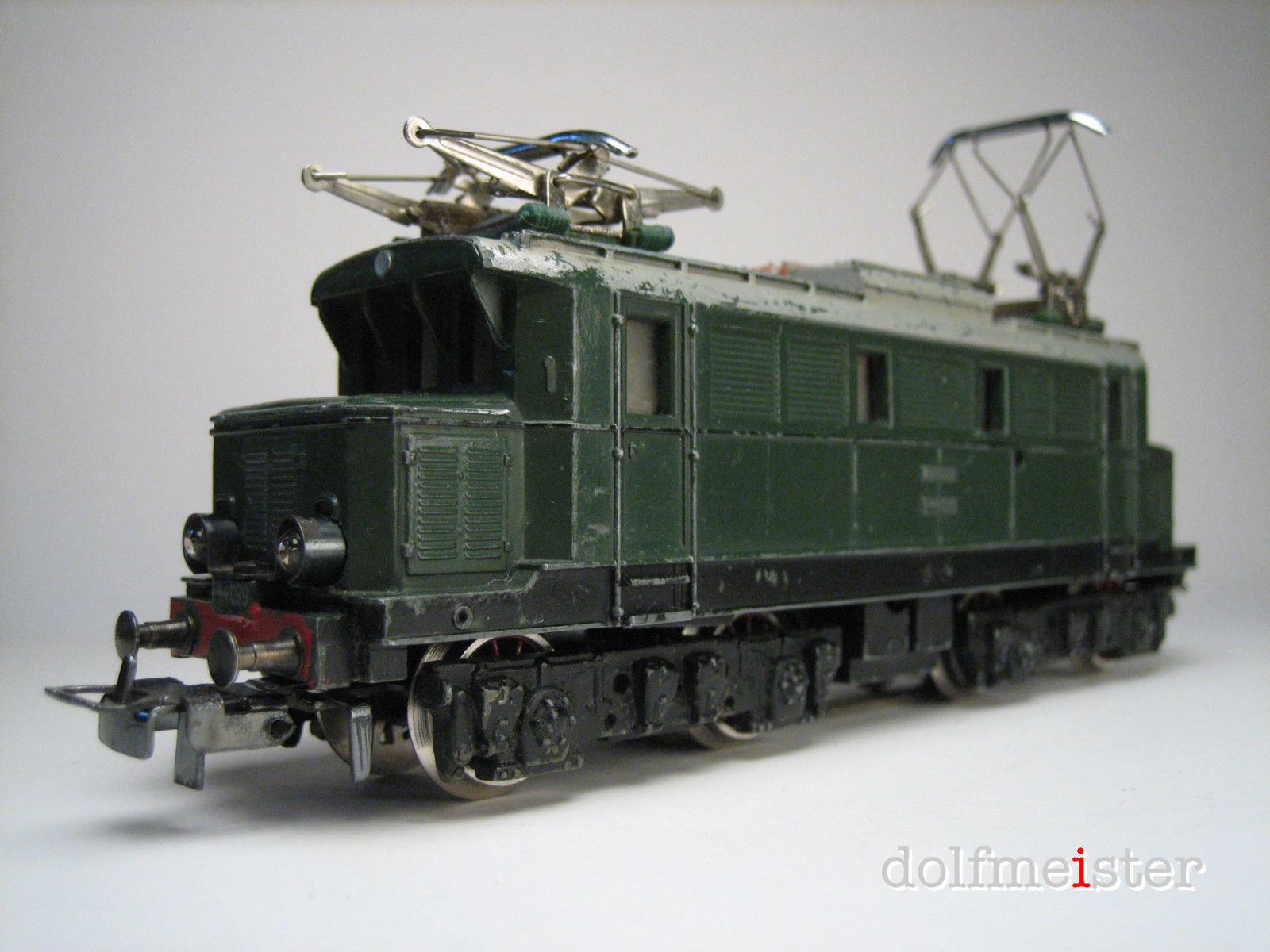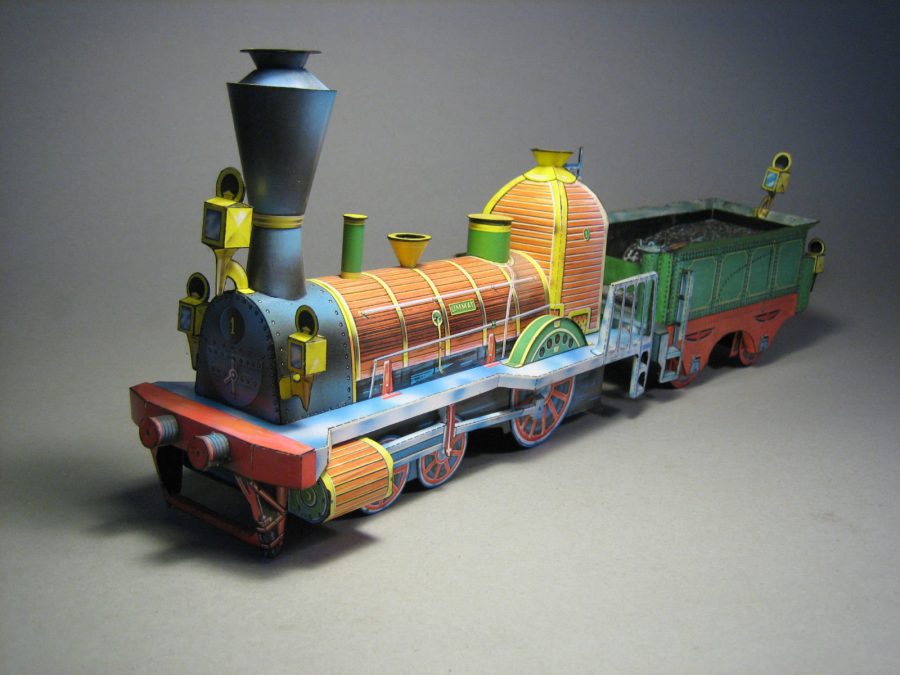From trains to boats, it is a natural progression to steam engines. In a historical context, the chronology was somewhat different, with the invention of the steam engine somewhere in the middle.
-oOo-
The power of steam is evident, when one attempts to hold the lid down on a pot of boiling water… and this reminds me of the fear I had as a kid when the valve blew off on the pressure cooker! Knowing now how this power can be harnessed and controlled, it is a fascinating subject.
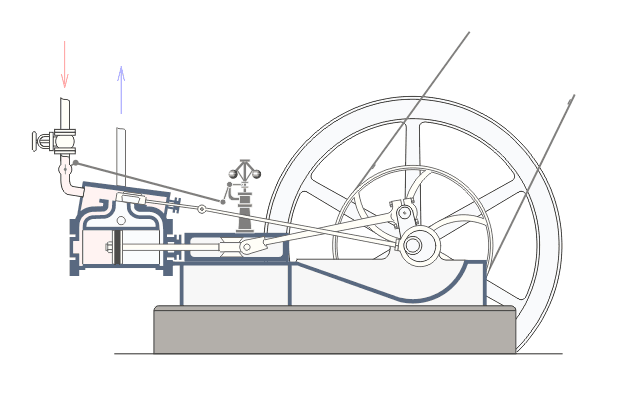
Animated diagram of double acting steam engine Wikimedia Commons (Public domain)
The first practical use for a steam engine was to pump ground water out of mine shafts. Ever larger stationary engines were built to power factories, municipal water supplies, raising and lowering bridges and to haul wagons up steep inclines. Further developments led to steam ships and, of course, the railway.
One of the largest engines still in operation is this one at the Kempton Steam Museum in the UK.
As always, my fascination lies with little things, with models. My first attempt was a locomotive built from scratch using Mamod oscillating cylinders. It never worked properly and is now in parts again. Still,I learned an awful lot in the process.
Without proper milling and turning tools, I have to rely on existing parts, or make things out of scrap, which is what happened here. The boiler is an old kerosene blowtorch, the pressure gauge is off a car and the cylinder assembly is an old Märklin aggregate. The only new parts, brass and copper tubing aside, were the propeller and the universal joint.


